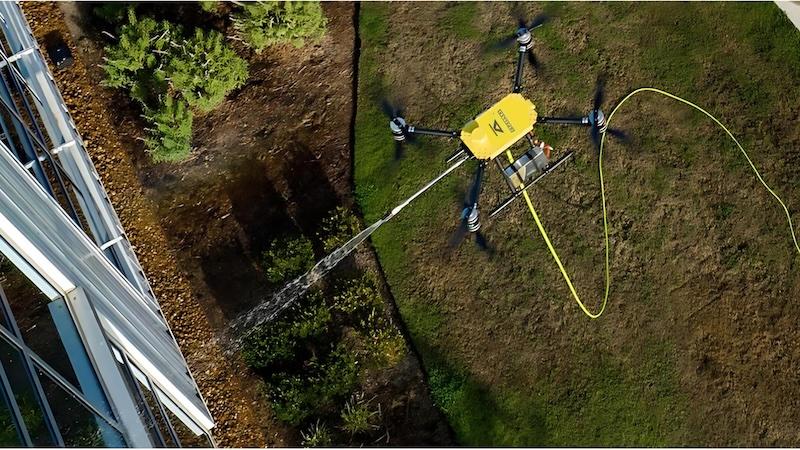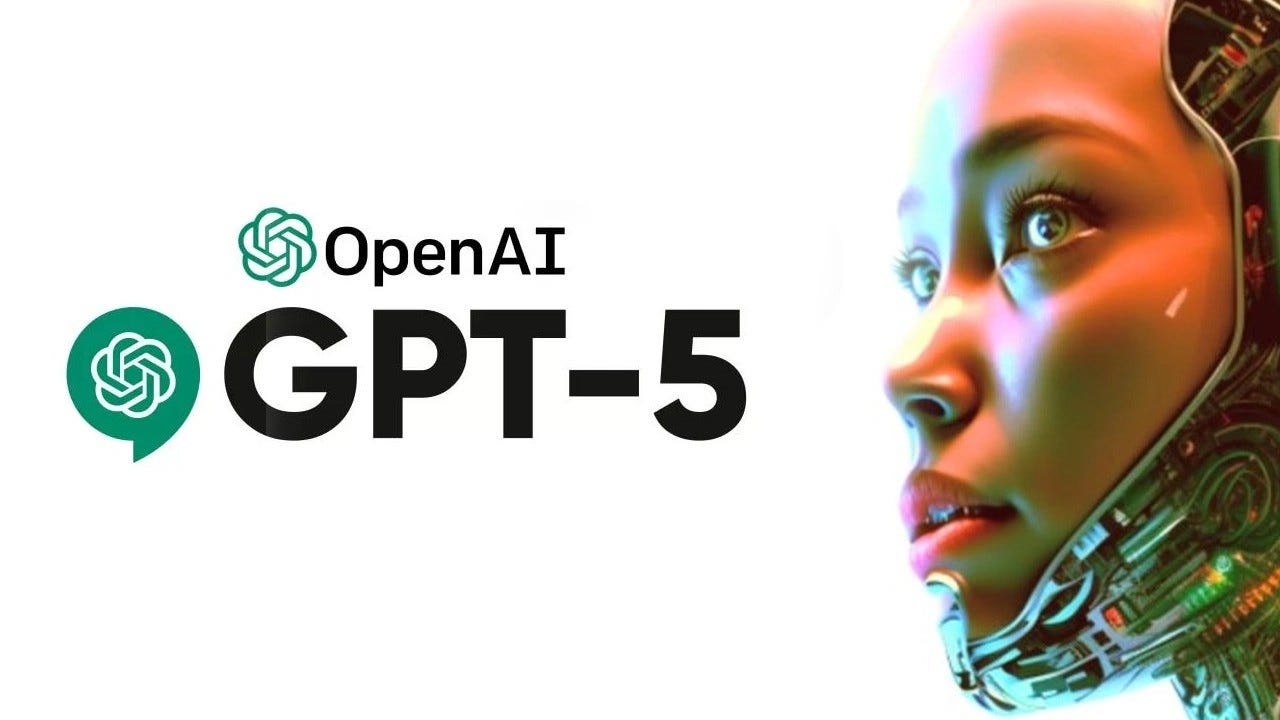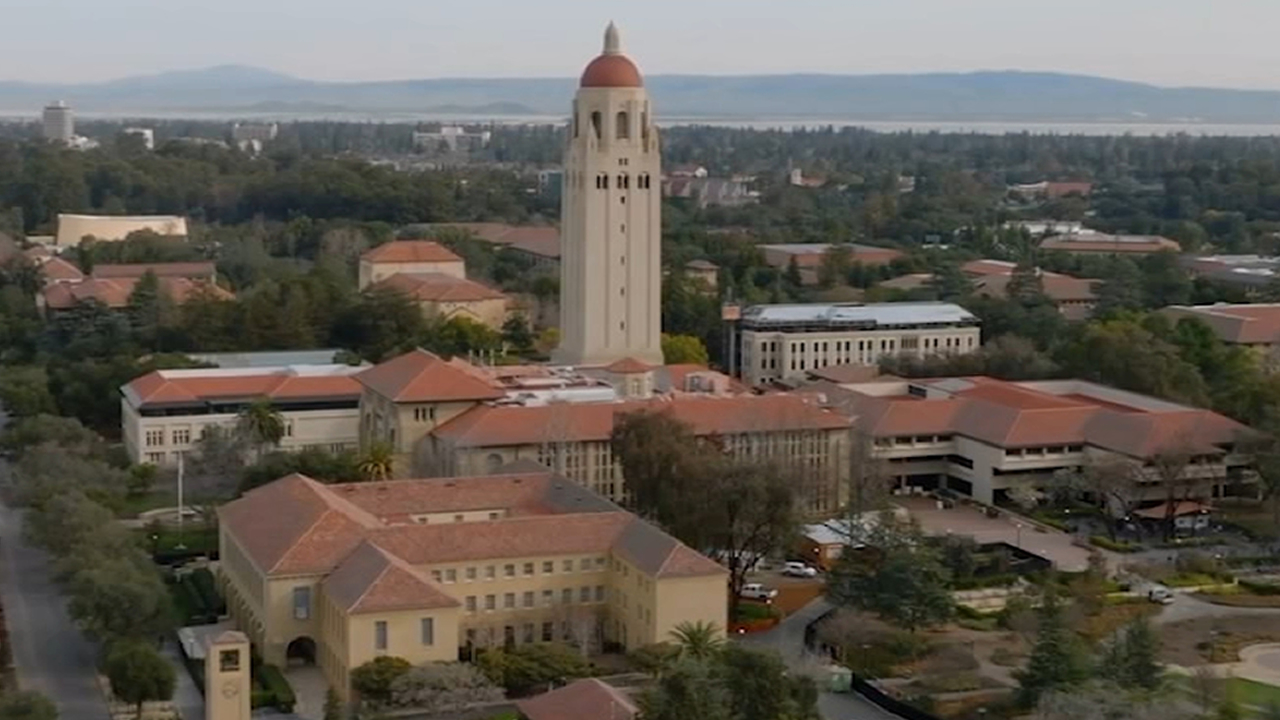
In the rapidly evolving landscape of artificial intelligence and virtual environments, Google DeepMind has once again pushed the boundaries of what is possible with their latest innovation: Genie 3. This cutting-edge model heralds a new chapter in the generation of interactive virtual worlds, offering unprecedented capabilities that could redefine entertainment, robotics, training simulations, and beyond. The unveiling of Genie 3 signifies a major step toward more immersive, responsive, and intelligent digital environments that can adapt in real-time to user interactions and complex scenarios.
The Genesis of Genie 3: Building on Past Innovations
DeepMind’s journey toward Genie 3 builds upon their previous advancements in AI-driven environment modeling and world generation. Starting with early models that could generate static scenes or simple simulations, the company has steadily enhanced the sophistication, responsiveness, and autonomy of these systems. According to reports from SiliconANGLE, the development of Genie 3 marks a significant progression in the realm of interactive AI.
Technical Innovations Behind Genie 3
At its core, Genie 3 incorporates sophisticated world models that enable the system to generate vast, dynamic, and highly detailed virtual environments in real-time. Unlike traditional static content creation, Genie 3 leverages advanced machine learning algorithms to understand and predict environmental interactions, objects, and user behavior. This allows for:
- Versatile Environment Generation: From dense forests and bustling cities to alien planets, Genie 3 can craft complex environments that are both immersive and customizable.
- Real-Time Interaction: Users can interact with these worlds, which adapt seamlessly based on input, making the experience more natural and engaging.
- Scalability and Flexibility: The model can scale from small rooms to sprawling landscapes without loss of detail or responsiveness.
This technological leap is a testament to the ongoing advancements in AI, where models are increasingly capable of understanding and replicating real-world physics, textures, lighting, and even social interactions within virtual settings.
Potential Applications of Genie 3
Gaming and Entertainment
The gaming industry stands to benefit immensely from Genie 3’s capabilities. Developers can create expansive, interactive worlds that evolve based on player choices, all generated dynamically rather than through pre-designed content. Imagine immersive MMORPGs or adventure games where every environment is unique and can be altered on the fly, greatly enhancing replayability and player engagement.
Robotics and Automation
Google DeepMind envisions Genie 3 as a stepping stone toward training AI-powered robots in virtual warehouses and factories. By simulating complex environments with realistic physics and objects, robots can learn to navigate, manipulate, and respond to unpredictable scenarios before deployment in the real world. This approach minimizes risk, reduces costs, and accelerates the development of autonomous machinery.
Training and Simulation
From military drills to medical training, virtual worlds generated by Genie 3 offer realistic, adaptable scenarios that can be tailored to specific learning objectives. Trainees can experience a variety of situations without the constraints and costs associated with physical enactments, leading to more effective skill acquisition.
Urban Planning and Architecture
With Genie 3, architects and urban planners can simulate cityscapes and buildings in virtual environments, testing different layouts, materials, and designs in real-time. This not only streamlines the planning process but also allows stakeholders to experience projects before construction begins.
Implications for AI Development and the Future of Virtual Worlds
DeepMind’s Genie 3 signifies a step toward creating generalized AI systems capable of understanding and generating complex, multi-faceted environments autonomously. It’s also a significant stride in the pursuit of Artificial General Intelligence (AGI), where machines can perform a wide range of tasks with human-like flexibility.
The system’s ability to generate high-fidelity, interactive environments in real-time signals a future where virtual worlds are not just static backdrops but living, breathing ecosystems that users can explore, modify, and learn from. The prospect of training AI robots in such virtual spaces highlights the potential for more efficient, intelligent automation that can seamlessly transfer skills from digital simulations to physical deployments.
Challenges and Ethical Considerations
While the technological promise of Genie 3 is undeniable, it also raises important questions about ethical use, data privacy, and potential misuse. As virtual worlds become more realistic and indistinguishable from reality, issues related to user safety, content moderation, and AI accountability will need to be addressed. Moreover, ensuring that such powerful tools are accessible and used responsibly remains a critical challenge for developers and regulators alike.
Conclusion: A Landmark in Virtual World Generation
The launch of Genie 3 by Google DeepMind marks a monumental milestone in artificial intelligence and virtual environment creation. By enabling the rapid, scalable, and interactive generation of complex worlds, it opens up a multitude of possibilities across industries—from gaming and robotics to education and urban development. As AI models like Genie 3 continue to evolve, we move closer to a future where virtual worlds are as rich, dynamic, and responsive as the real one.
Stay tuned as this technology develops further and reshapes our digital experiences, bringing us closer to realizing the full potential of AI in creating immersive, intelligent environments that can adapt to our needs in real-time.
For more updated news please keep visiting Prime News World.







